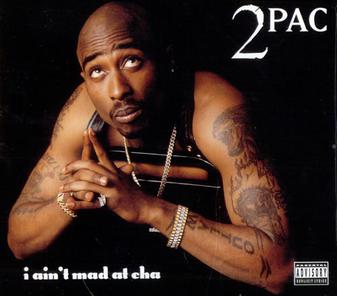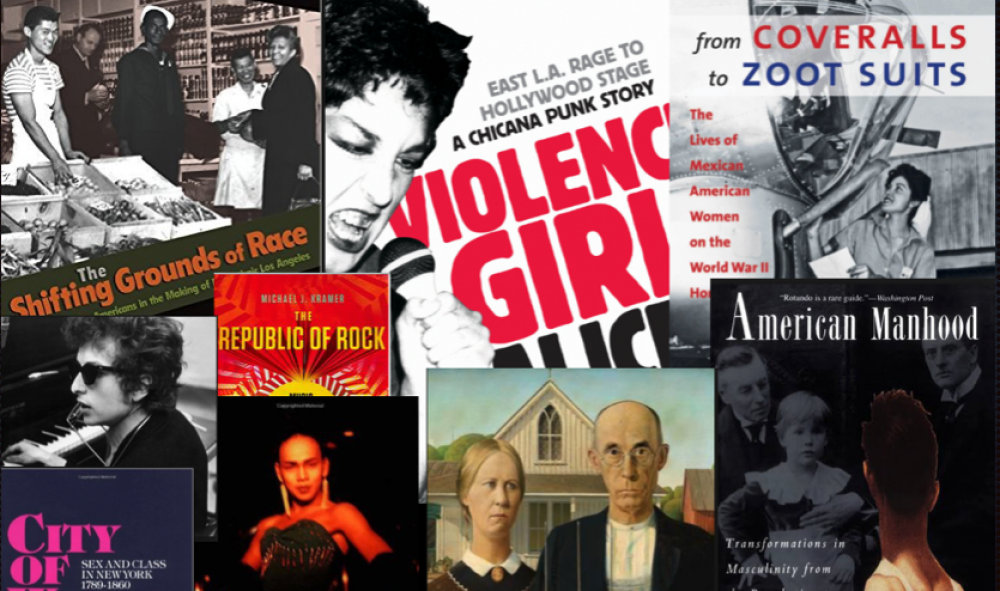
In his song entitled “I Ain’t Mad at Cha” Tupac Shakur makes an argument for altering the Black Nationalist view surrounding the ‘ghetto.’ In Karin Stanford’s 2010 paper, “Keepin’ It Real in Hip-Hop Politics: A Political Perspective of Tupac Shakur” she states that, “… There is ample evidence to contend that Tupac’s activism was framed by his support for Black Nationalism.” (Stanford 2010) She bases this assertion on Maria Karenga’s definition of Black Nationalism as, “”the political belief and practice of African Americans as a distinct people with a distinct historical personality who politically should develop structures to define, defend, and develop the interests of Blacks as a people.” (Karenga 1980) Tupac makes a statement about the state of Black Nationalists recognizing the ghetto and its associated lifestyle as a way to define and develop the interests of Black people. In the first verse, he makes mention of a childhood friend abandoning many ‘ghetto traditions’ such as drinking and smoking when he converted to Islam and how that made Tupac feel his friend was turning his back on him. He says, “Oh you a Muslim now? No more dope game/ Heard you might be comin’ home, just got bail/ Wanna go to the mosque, don’t wanna chase tail/ It seems I lost my little homie, he’s a changed man now.” Here, Tupac is expressing the resentment he felt towards his friend for taking on more mainstream and conservative ideals. This is in stark contrast to lyrics in the third verse, which demonstrate how Tupac was ostracized by people in the ghetto after he became famous, much in the same way he ostracized his friend after converting to Islam. Tupac writes, “So many questions and they ask me if I’m still down/ I moved up out of the ghetto, so I ain’t real now?/ They got so much to say, but I’m just laughin’ at cha/ You niggas just don’t know, but I ain’t mad at cha.” In these verses, Tupac is expressing his understanding of what life could be like for Black people if they abandoned the ways of the ghetto. He doesn’t blame them for not knowing why it is better on the outside, as he likely understands the systems that keep them cemented in the ghetto, but at the same time advocates for a change. Tupac seems to be arguing that the ghetto is detrimental to the Black Nationalists because it keeps Black people from reaching their maximum potential. Shakur represents life in the ghetto as a cycle of behaviors that land people in and out of jail and prevent them from leaving the ghetto, whereas life on the outside leads to progress, such as artistic expression and fruitful family life.
Lyrics: https://genius.com/2pac-i-aint-mad-at-cha-lyrics
Photo: https://en.wikipedia.org/wiki/I_Ain%27t_Mad_at_Cha#/media/File:I_Ain%27t_Mad_at_Cha .jpg
Works Cited:
Karenga, M. (1980). Kawaida theory: An introductory outline. Inglewood, CA: Kawaida
Stanford, Karin L. “Keepin’ It Real in Hip Hop Politics: A Political Perspective of Tupac Shakur.” Journal of Black Studies, vol. 42, no. 1, 2010, pp. 3–22., doi:10.1177/0021934709355122.
